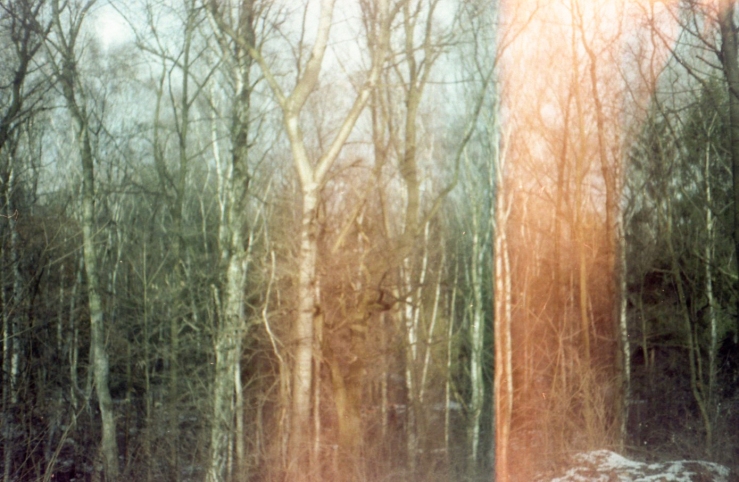Yves Belanger, a huge cinematography crush:
Christopher Anderson
Huge inspiration:
meet C.
C. in front of the Budapest Parliment building, acting like she owns the place.
film number five, May


Last week I took a part in the photo edition workshops in Warsaw. It was a cool experience and exhausting long hours of making the unjustified and perhaps unjustifiable decisions. A simple photograph can be given hundreds of meanings due to it’s placing.
I think that one of the things which amuse me about the photography is the ability to connect the unrelated events into a story. Maybe story is too big of a word? A sequence, a set. Something happens in one place, something happens in another place, here’s a dead bird, here’s the moon, here’s somebody I know, somebody I don’t know. Unrelated events that become linked together thankfully to a single factor.
That single factor being myself.
Maybe the fact that I spent a meaningful part of my life working in an airplane – which meant being everywhere, constantly thrown from one end of the globe to another, made me feel like I’ve been less and less present and real. In a way it was a life of a ghost – I’d never been anywhere long enough to mark my presence in any more meaningful way, but long enough to observe people and situations. I’d like to think that in some way my presence was a connecting line for all these distant places and situations.
I believe that what I call the “life of a ghost” fed my urge to collect the trophies in the form of photographs. In a way they are the silver proof – I’ve been there and I witness that exact moment. Turning them into something connected and coherent is almost like giving my presence a visual form. Maybe that’s why we say that photography is intimate. Regardless of the content, it always consists of at least the smallest particle of the person who pressed the shutter button.
parallel things



Cracow equality march
In many ways it was an eye opening event for me.
Firstly, and most importantly, I have a deep respect for each and every person who dedicated their time to walk in the name of respect and equality.
Secondly, the moment when the police allowed me to cross the barricade separating the marchers and the nationalists, I had a profound moment of realising the power of my camera. In that moment I didn’t carry a camera – I carried a passport. I was with those who fought for and with those who fought against. That magic invisibility coat I seemed to be wearing made me fell in love with photography again, and again.
a perfect stranger
These are perfect strangers I met on Sunday. Each of them shared a moment and a story with me. I can’t quite exactly explain what made me pick them from the crowd but I instinctively felt something unique going on.
Meet the crazy pavement artist, the lovely man with crazy sunglasses and a traveler from Kansas with a German origin.
I’ll let you match the descriptions yourself.



things that never happened in that exact way

The man in the photo studio told me that my film is long expired and there’s no point in scanning it.
But well, I like photographing on expired film. Mainly because you never know what you’ll get. When you finally see the photographs it’s nothing what you expected, nothing that you could remember – almost like the moment you captured on the photo has never happened. It feels like looking at your memories from a different perspective, something that is new but old at the same time.
A little bit like remembering something that you forgot a long time ago. That’s what I mainly like about the expired film.


A postcard from the island
mono no aware
(…) Recognition of the impermanence and transience of life is a central tenet of Buddhism, and indeed of most Eastern philosophies. Buddhism holds that life is marked by three key qualities. The first two are impermanence and insubstantiality, referred to in Japanese respectively as mujō (無常) and muga (無我) However, unfortunately, most of us live in denial or ignorance of mujō and muga, clinging resolutely to phenomena that are intrinsically subject to change. This kind of clinging is then the cause of the third “mark” of existence, namely ku (苦), which translates as dissatisfaction or suffering. However, the promise of Buddhism is that liberation can be found through a deep understanding and acceptance of mujō and muga.
This is where mono no aware comes in. With this mood, acceptance of impermanence and insubstantiality is elevated into an aesthetic sensibility, a state of mind that actually appreciates this ephemerality. This does not mean impermanence is welcomed or celebrated. There is still sadness present in mono no aware, a sorrow at this transiency, of the loss of people and things that are precious to us. However, this melancholy is suffused with a quiet rejoicing in the fact that we had the chance to witness the beauty of life at all, however fleetingly. (…)
















































